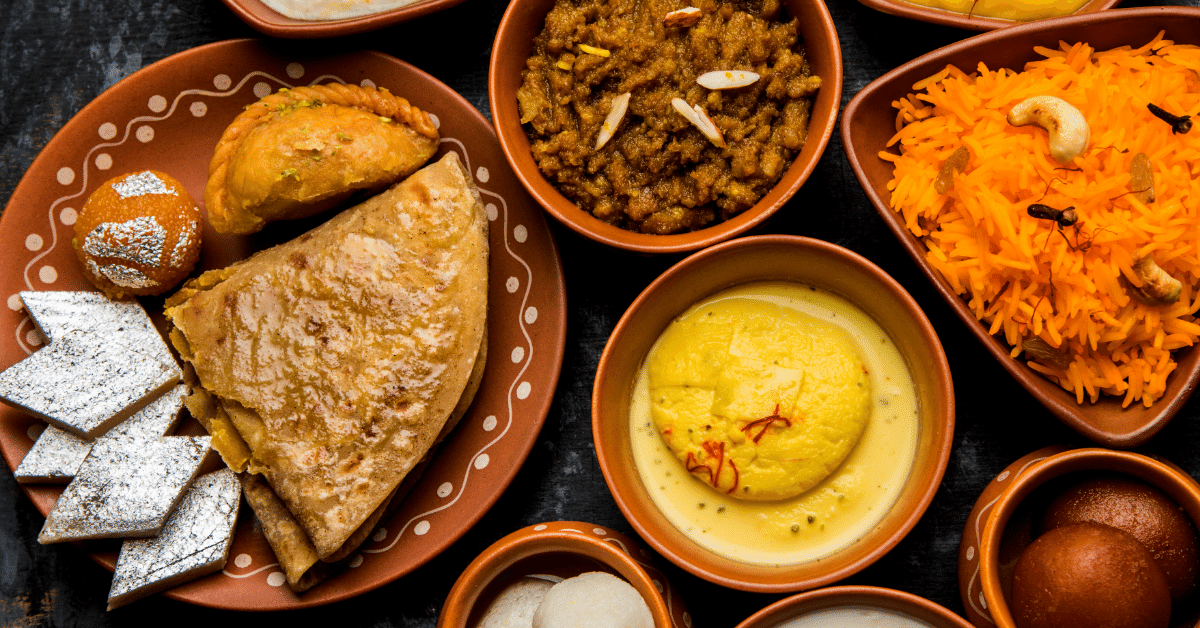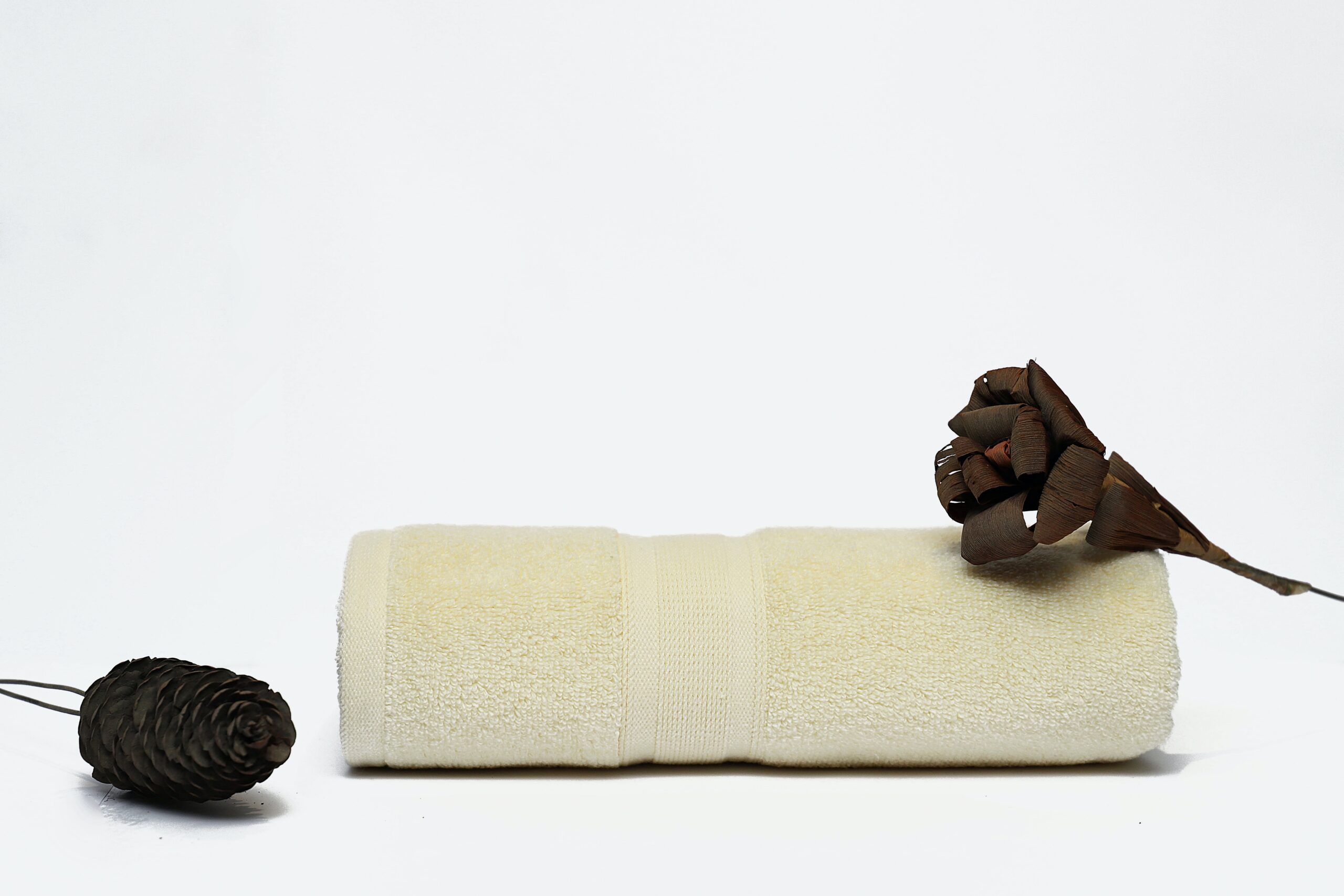Sunnundalu Recipe Without Ghee Easy Cooking Procedure
Know the details about the Sunnundalu Recipe Without Ghee Easy Cooking Procedure, Sunnundalu Recipe Without Ghee Cooking Procedure Easy
Crafting Sunnundalu Without Ghee: A Health-Conscious Twist on a Traditional Delight
Sunnundalu, a quintessential sweet from the vibrant culinary landscape of Andhra Pradesh, India, traditionally combines the nuttiness of urad dal (black gram) with the richness of ghee (clarified butter). However, as health-conscious cooking takes center stage, many seek alternatives to ghee while preserving the essence of this beloved treat. This blog explores how to craft sunnundalu without ghee, offering a lighter version that stays true to its roots.
Sunnundalu Recipe Without Ghee Easy Cooking Procedure
The Heritage of Sunnundalu
Sunnundalu has been a symbol of celebration, nourishment, and tradition in Andhra Pradesh for centuries. Originally designed as a powerhouse of energy and nutrients for warriors, it has transcended its martial origins to become a staple in festive and everyday life. Its importance in social and religious gatherings underscores a rich cultural heritage, showcasing the timeless appeal of Indian culinary traditions.
Reimagining Tradition
In response to evolving dietary preferences and health considerations, this adaptation of sunnundalu foregoes ghee without compromising on taste or texture. By substituting ghee with alternative ingredients, this recipe offers a delightful experience that aligns with contemporary wellness trends.
Ingredients List
- Urad Dal (Black Gram) – 1 cup
- Sugar – ¾ cup (finely powdered)
- Coconut Oil (as a vegan, healthier alternative to ghee) – ½ cup
- Cardamom Powder – 1 teaspoon
Nutritional Insights
Substituting ghee with coconut oil introduces a different set of nutritional benefits, including medium-chain triglycerides (MCTs) known for their energy-boosting properties. Urad dal remains a robust source of protein, fiber, and essential minerals, making this version of sunnundalu both nutritious and indulging.
Time Investment
- Preparation Time: 15 minutes
- Cooking Time: 20 minutes
Cooking Snapshot
This version of sunnundalu retains the traditional method’s essence, focusing on roasting, grinding, and mixing, with the key difference being the substitution of ghee.
Detailed Cooking Guide
- Roast the Urad Dal: Dry roast the urad dal in a pan over medium heat until it achieves a golden-brown hue, releasing a distinct, nutty aroma. Ensure continuous stirring for even roasting.
- Cool and Powder: Allow the roasted dal to cool completely before grinding it to a fine powder using a grinder.
- Prepare the Sugar: Ensure the sugar is finely powdered. For a seamless blend, combine it with the powdered dal.
- Mix with Coconut Oil: Warm the coconut oil slightly (it should be liquid but not hot). Gradually mix it into the dal and sugar mixture, along with cardamom powder, until well combined.
- Form the Laddus: Take small portions of the mixture and roll them into balls. If the mixture is too crumbly, add a bit more coconut oil.
Pro Tips
- Achieving the right consistency is crucial; adjust the amount of coconut oil as needed to ensure the mixture holds together.
- For those sensitive to coconut’s flavor, refined coconut oil offers a neutral taste.
Serving Suggestions
Present sunnundalu on a decorative plate, garnished with a sprinkle of cardamom powder or a few strands of saffron for an elegant touch. Edible silver leaf (varak) can also add a festive look.
Things to Know
- This sunnundalu variant can be stored in an airtight container for up to two weeks, maintaining its freshness and flavor.
- Experiment with adding finely chopped nuts or dried fruits to the mixture for added texture and nutritional value.
FAQ
Can I use a sweetener other than sugar? Absolutely! Powdered jaggery or any dry sweetener of your choice can be used as an alternative to sugar, adjusting to taste.
Is there an alternative to coconut oil? Yes, for those looking for a different flavor profile, almond oil or sunflower oil can be used as substitutes, though they may alter the traditional taste slightly.
Why are my sunnundalu falling apart? If the laddus aren’t holding together, the mixture may need more coconut oil. Add gradually and mix until you achieve a pliable consistency.
By adapting traditional recipes to fit modern dietary preferences, we can preserve culinary heritage while catering to contemporary tastes. This ghee-free version of sunnundalu is a testament to the versatility and enduring appeal of Indian sweets, offering a guilt-free indulgence that respects the past while looking to the future.


